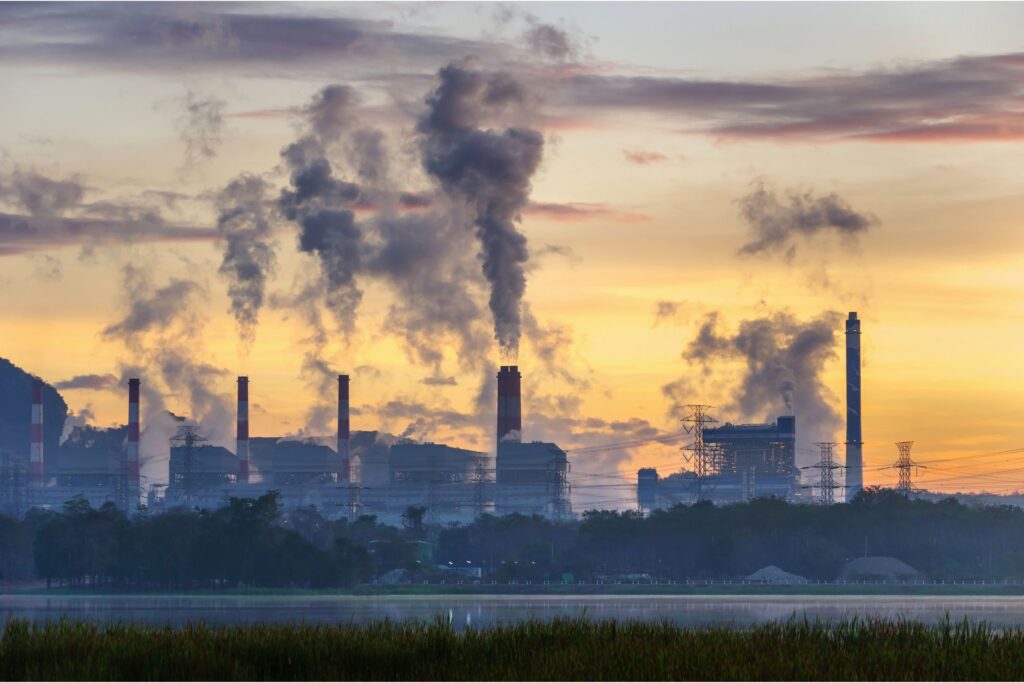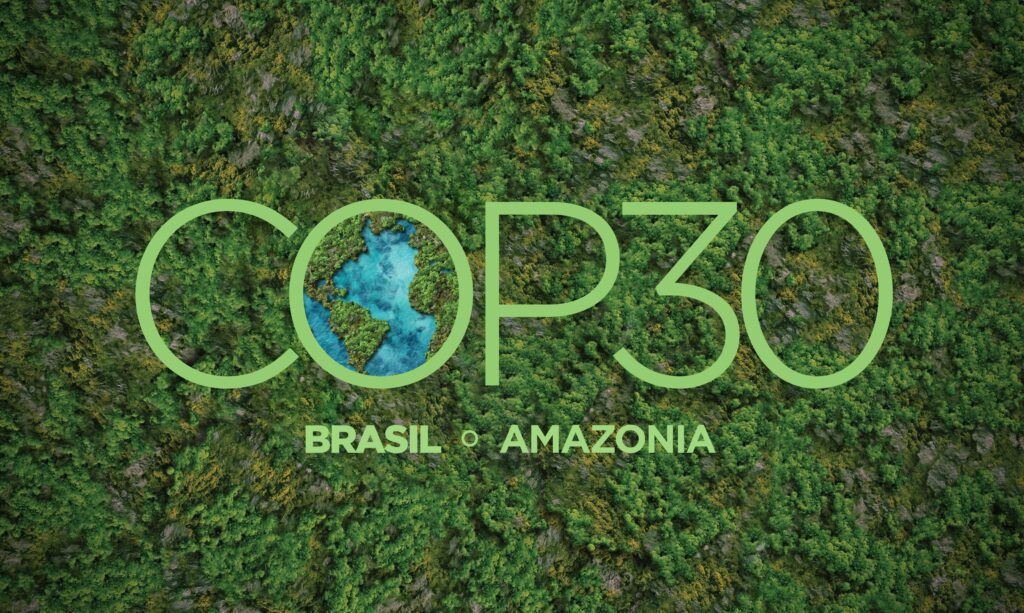Summertime for many people represents a season of relaxation and fun. Unfortunately, it’s increasingly becoming synonymous with heatwaves and extreme weather events caused by climate change.
As the climate continues to change and average global temperatures rise, heat domes, heat waves, and extreme temperatures days will become more frequent. For example, research by climate scientists working with the Canadian government show that the recent June heatwave in Ontario, Quebec and several Atlantic regions was two to 10 times more likely because of climate change.
Despite studying climate change and my familiarity with impacts like drought and extreme heat, I had never heard of the term ‘heat dome’ before 2021. It describes an extreme heat weather phenomenon where hot air gets pushed down and trapped under a high-pressure system – keeping temperatures soaring for days without relief.
During the 2021 heat dome in BC, temperatures were up to 20 degrees celsius above normal. 619 people in communities around the province died from the heat. The health of many others was negatively impacted, and as emergency services were overwhelmed in the Lower Mainland, a number of additional deaths occurred from otherwise preventable causes.
That summer I was living in Vancouver. Our rental unit was on the top floor of a two-story building, which was probably finished in the 1970s. The building wasn’t well insulated and the narrow floor plan notably didn’t allow for a cross breeze. But I loved the brightness of the living room’s large west-facing windows. However, during the heat dome a relentless sun beat down on the windows. Despite our efforts to cover them, the temperature inside ranged between 35 to 40 degrees for days.

Like many buildings in Vancouver, and rental buildings in particular, our apartment didn’t have air conditioning. Air conditioners in the Lower Mainland sold out in the hot days of early June, with supply chains strained by the pandemic. We bought fans. We tried all the tricks: cover the windows and block out the sun during the day, and at night push the warm inside air out through one open window with a fan blowing outside and pull the cooler air in with a second fan directed into the apartment from another window.
But the thing about a heat dome is that the air barely cools off in the evening. The nighttime temperature of our apartment remained at 30 degrees. Because of the pandemic, we didn’t have options for other places to go.
Even after years of working on climate change and warning about its impacts, the first time you or a loved one is directly touched by a climate change induced extreme weather is shaking. My heart goes out to all those who lost loved ones during those days.
Extreme heat is a serious threat. 2023 was the hottest year yet on record, and we can expect temperatures to trend upward at least until we stop emitting greenhouse gas pollution. It’s worthwhile to familiarize yourself with the signs, symptoms, and first aid for dealing with heat stress related illnesses. Fatalities from heat are difficult to track, but studies estimate that there are roughly five million deaths per year around the world associated with extreme temperatures.
It’s important to remember that while heat related illness can affect anyone, those most at risk during heat waves are societies’ most vulnerable: elderly people, children, pregnant people, people with disabilities or pre-existing health conditions, people experiencing homelessness without cool places to shelter, and low-income people and renters without access to air conditioning or the ability to secure it. What’s true for heat impacts is true of climate change broadly speaking as well; people who are vulnerable or have been marginalized bear a disproportionate burden from the climate crisis.
So how do we bring down the heat? Well, for one, we stop fueling the fire. We need to phase out the fossil fuels causing climate change: coal, oil, and gas.
TAKE ACTION: STOP BIG OIL FROM POLLUTING OUR CLIMATE
We need to prepare for more frequent extreme temperature days, heatwaves, and heat domes. That means learning how to stay safe in the heat, checking in on friends and neighbours to make sure everyone is okay during heatwaves. It means better worker protections for people who work outside or in spaces that can’t manage to keep things adequately cool. It means opening up more public cooling spaces more often, and making sure that our homes and buildings can stay at safe temperatures.
That’s why electric heat pumps are an integral climate solution. They help us adapt to climate change by cooling in the summer, heating in the winter, and using electricity instead of gas or heating oil so we can stop using fossil fuels in buildings.
We must transition away from fossil fuels, the main source of climate change causing emissions, or global warming will keep getting worse. Until then, stay cool, stay safe, and join us in taking action.











